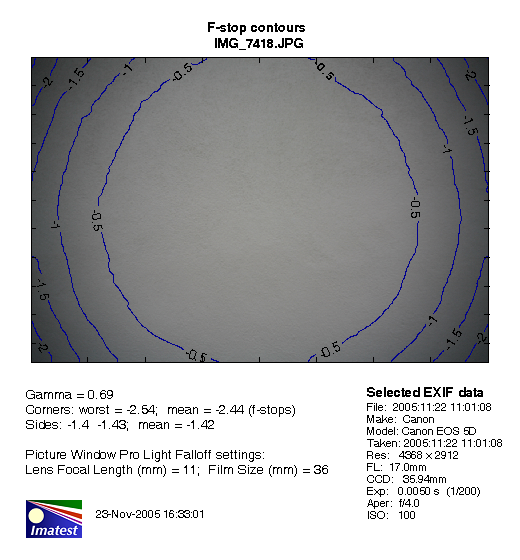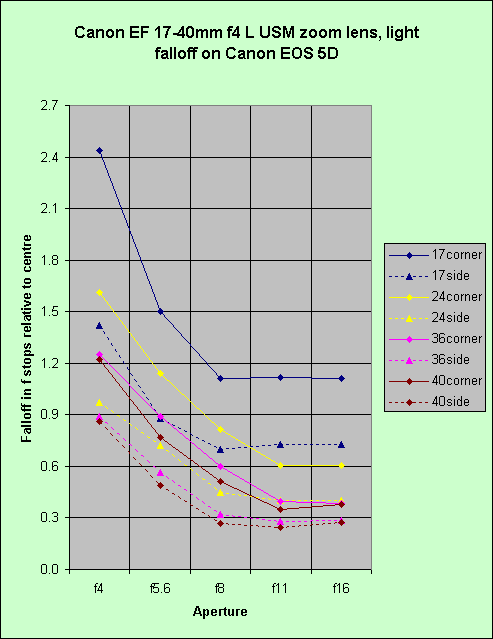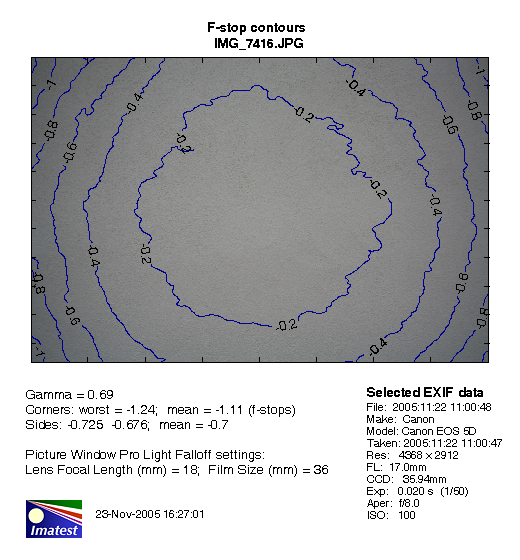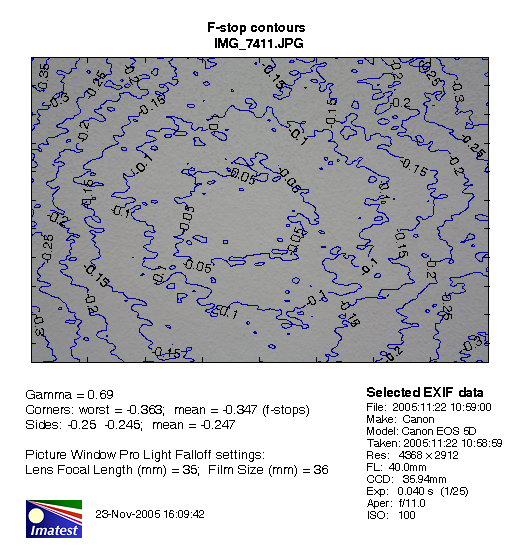
I think so. Measurements of light falloff were made on my Canon EOS 5D camera using the Canon EF17-40mm f4L USM lens. The graph shows the light falloff in f-stops relative to the centre, as a function of aperture. The lens was tested at 17, 24, 36, and 40mm focal lengths. For each focal length, the solid line gives the mean falloff at the corners of the image (="vignetting"), and the dotted line gives the mean falloff at the centre of the left and right sides (landscape orientation).

It seems to me that light falloff is noticeable if it is half an f-stop or more. On that basis the following conclusions may be drawn:
Of course, one can always correct falloff in Photoshop or DxO Optics Pro.
It is important to remember that, in so far as light falloff is caused by the lens, it will be no worse on a digital full-frame camera than it is on a 35 mm film camera. The one exception to this is where falloff is due to light striking the sensor at an oblique angle (a problem not suffered by film). Modern telecentric lens designs try to minimise this, but I don't know if that applies to the Canon lens tested.
I have only tested one sample of the EF17-40 f4L lens. Mine might be below par.
Exposures were made at about EV 17.6, corresponding at ISO 100 speed to, for example, f8 and 1/100 sec. This exposure put the peak corresponding to the target about two thirds of the way across the 5D's histogram.
The resulting images were analysed using Norman Koren's IMATEST program. The IMATEST light falloff analyser needs to be told the gamma of the camera so that it can convert pixel values into f-stops. The gamma value I used was 0.69 since this is the mean of the values I have obtained for this camera when producing jpegs in standard picture style.
At 17mm focal length, removing the Canon standard lens hood improved the falloff figures by 0.02 stops, for both corner and edge.
In the following figures, the aperture (Aper) and focal length (FL) can be seen at bottom right of each one.


Something wrong with this analysis? Let me know!
Peter Facey, Winchester, England
20051122